I created this Excel Video Tutorial in response to a viewer who wrote to me about a problem that he was having with an Excel 2007 Pivot Table.
Viewer’s Question
“I want to show both the % of Growth from Fiscal Year-to-Year and the Actual Variance in Volume between each of 3 Fiscal Years. I have been trying to do this with a Pivot Table Calculated Field, but I am not having any luck with this approach. What do you suggest?”
My Solution
Use the “Show values As” Dialog Box which you find in the Value Field Settings Dialog Box. I continue to be amazed, when I teach Pivot Tables in a Live Seminar, that the high majority of my students have never clicked on this Tab!
In this case, we are working with a “copy” of the original Pivot Table. Simply choose “% Difference From” in the drop-down menu. Next, choose Fiscal Year and Previous (year) to create a Fiscal Year-over_Fiscal Year Report. It is so easy to do! And… you do not have to write a single formula to create this report!
Watch Video Here on My Website
Watch Excel Tutorial in High Definition
Follow this link to view this Excel Tutorial in High Definition Mode on my YouTube Channel – DannyRocksExcels
Master Excel Pivot Tables in 90 Minutes!
Follow this link to learn about my new extended length (90 minutes) Pivot Table Video Tutorials
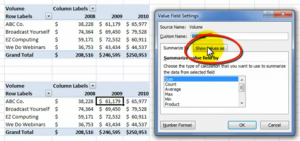














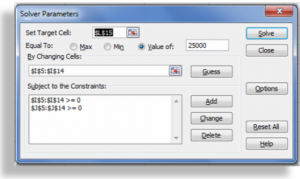

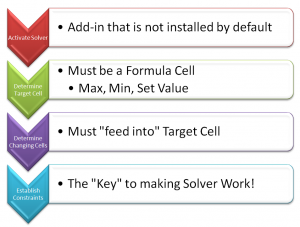

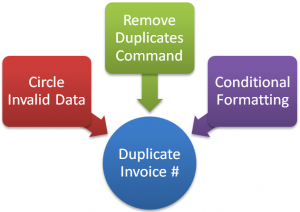
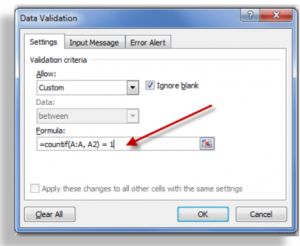
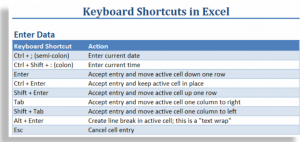

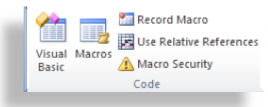

How to Take Advantage of the Go To Special Dialog Box Options in Excel
Go To Special Options
In my opinion, the Go To Special Options Dialog Box offers some of the most useful tools in Excel!
Why?
Because, you must…
Select Cells Before Performing an Action on these Cells
The “key” to understanding ANY MS Office or Windows Program is… You MUST select a single cell or a range of cells BEFORE you can perform an action on them – e.g. Formatting you selection, deleting your selection, editing your selection or auditing your selection.
Tips Presented in this Video Tutorial
I am positive that Excel users at ANY LEVEL will be able to pick up at least one solid tip from this Video Tutorial. Please send me your comments to let me know what you learned – or what you need clarification on.
Watch Tutorial in High Definition Mode
Follow this link to view this Excel Tutorial in High Definition / Full Screen Mode on my YouTube Channel – DannyRocksExcels
Learn About My New Extended Length Excel Video Tutorials
I have just published the first in a series of “Extended Length” – 90 Minutes – Video Tutorials, “Excel Pivot Tables to Summarize, Analyze and Present Your Data.” Follow this link to learn more about this tutorial. I have created separate versions of the tutorial for Excel 2010, 2007 and 2003.